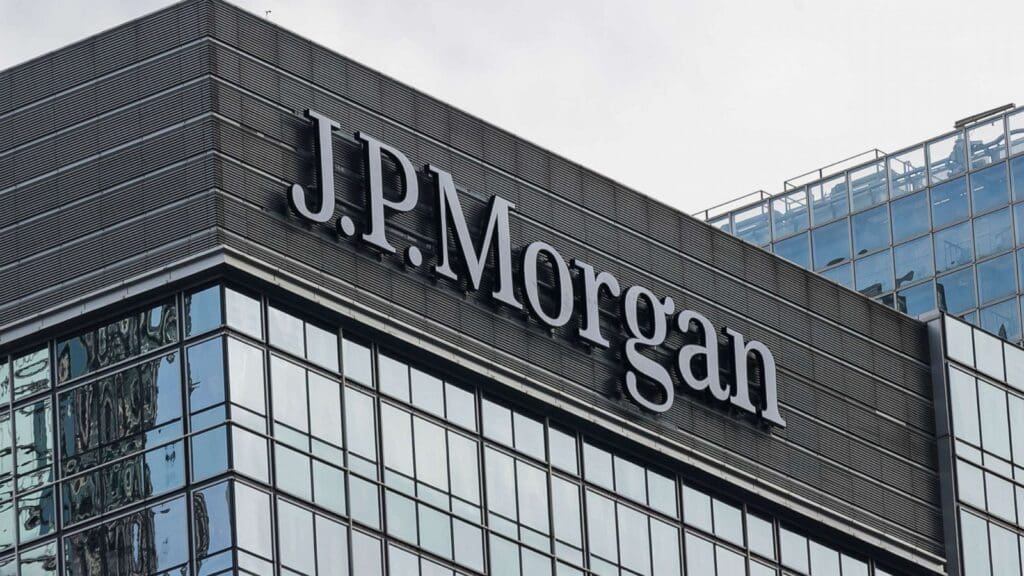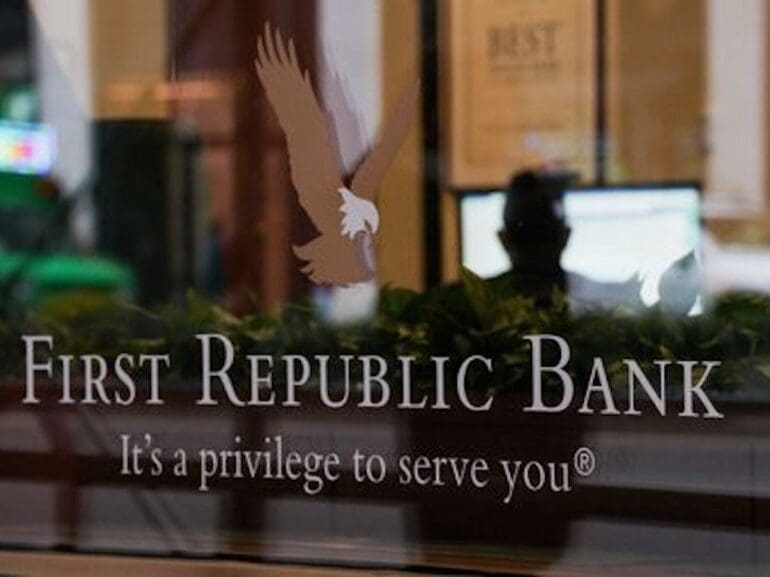Just as the banking world looked set to return to some kind of normality, its fate was jeopardized again with the news of a potential failure of First Republic Bank.
Like many others during this rollercoaster week, the regional bank faced fears of contagion from the fall of Silicon Valley Bank (SVB).
RELATED: SVB and Signature: The big non-bailout
SVB met its demise last week following the news that the bank was selling a large portion of securities and shares at a loss to cover a cash deficit. Its deposit base, comprised of most VC-backed start-ups, had many deposits over the FDIC-insured limit of $250,000.
The news that it may be in trouble spooked customers into a panic-fuelled bank run to protect their cash, cut short only by the closure of the bank and a pledge by the FDIC to protect deposits in full.
Skittish depositors, now awake to the precarious nature of their deposits over the amount insured by the FDIC, scrutinized First Republic for its similarities to SVB.
First Republic, too, had a wealthy depositor base, a similar size, and over two-thirds of deposits were uninsured.

Over the weekend, the bank announced that it had secured $70 billion of additional financing through JPMorgan and other funds made available by the Federal Reserve’s Bank Term Funding Program, set up in the wake of SVB’s fall. This, however, did little to stem the flow of deposits out of the bank.
On Wednesday, March 15, rating agencies Fitch and S&P downgraded First Republic, reflecting low confidence in the bank and citing liquidity and funding risks. Stocks continued to decline.
On the precipice of another failure, the industry reacted. Executives had reportedly been meeting earlier in the week to discuss possible options.
On Thursday, March 17, 11 major banks swooped into the rescue.
A cash infusion of $30 billion has been orchestrated to save the failing bank. JPMorgan, Citigroup, Bank of America, and Wells Fargo each make a $5 billion uninsured deposit. Morgan Stanley and Goldman Sachs with $2.5 billion apiece and five others with $1 billion each. Deposits can not leave the bank for 120 days, and the hope is that this will tide the institution over the current period of fear and uncertainty.
“This show of support by a group of large banks is most welcome and demonstrates the resilience of the banking system,” the Treasury Department said in a statement.
Whether it will be, a success still hangs in the air.
The announcement seemed to bolster the falling share price of the bank on Thursday evening but Friday’s open saw it slip a further 20%.
The similarities with SVB continue.
News that top executives of the First Republic sold millions of dollars in shares in the run-up to the crisis have begun to surface, echoing reports coming from SVB.
According to The Wall Street Journal, documents show that insiders to the bank had been selling for months, amounting to a total of $11.8 million worth of stock this year.
Unlike in other institutions, the sale of the stocks was not required to be reported to the SEC and therefore had flown under the radar. However, they were reported to the FDIC individually. First Republic is the only company listed on the S&P index to not report insider trades to the SEC.
In addition, the heads of both banks are said to have been lobbying for softer regulations toward smaller banks.
Michael J Roffler, CEO of First Republic, sent a letter to the Fed and the FDIC, stating his opposition to the proposal to implement similar rules as first-tier banks for smaller lenders.
“Such requirements should only be applied to large, interconnected financial institutions whose failure could pose a systemic risk to the financial stability of the U.S. based on the banking organization’s capital structure, riskiness, complexity, financial activities, and size,” he wrote in the letter.
He wrote that he felt First Republic should be exempt because it did, “not pose the same if any, financial stability risk or present complex resolvability issues for which those requirements were designed.” – a statement which proved to be misguided as recent events have shown.
His efforts to sway regulators to relax legislation on smaller financial institutions seem to mirror the role that Gregory Becker, CEO of the failed SVB, played in the raising of the asset threshold of legislation imposed by Dodd-Frank.
The raising of this threshold is now being considered one of the conditions that allowed the actions leading to SVB’S failure (and the resulting banking crisis) to go on without consequence for so long.
It has recently been reported by Bloomberg that regulators had been aware of problems in SVB’s operations and had contacted the bank multiple times in the past year.


